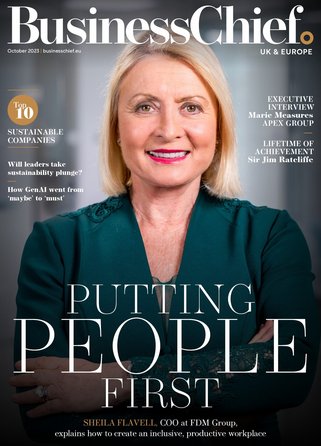COVID-19: World Bank predicts sharp decline of remittance

While Kearney predicts that one in eight retail banks will see its revenue fall by 20% during 2020, the World Bank predicts a sharp decline in remittance.
As a result of measures to address the global pandemic of coronavirus (COVID-19), banks are in a "precarious position as their income levels drop while operating costs remain largely unchanged,” states Kearney, who revealed - as part of its partnership with European Retail Banking Radar - that profitability per customer is expected to reduce by 60%, with one in eight retail banks expected to see a revenue fall of 20%.
The findings are provided by Kearney as part of its annual analysis of the pan-European banking market, and is the first installment of the 2020 edition focusing on five key areas:
-
The 2020 retail banking outlook: minimising loss and maximising customer trust
-
New decade, new crisis: lessons learned from the global financial crisis
-
A new normal: fortifying distribution channels in a post-COVID-19 world
-
The operating model of the future
-
Life after COVID-19: building a new banking landscape through mergers and acquisitions
Meanwhile, a recent report conducted by the World Bank predicts a sharp decline in remittances around the world.
Specific findings relating to Eruope and Central Asia
In 2019, countries in Europe and Central Asia remained strong, growing by 6% to US$65bn. Ukraine was the largest recipient of 2019 within the region, receiving nearly US$16bn, while smaller remittance-dependent economies such as Kyrgyz Republic, Tajikistan, and Uzbekistan, benefited from a rebound of economic activity in Russia
However, in 2020 it is predicted that remittance is expected to fall by 28% in Europe and Central Asia due to the global pandemic (Coronavirus, COVID-19) and lower oil prices.
The average cost of remittance to send US$200 to Europe and Central Asia, saw a decline of 6.48% in the first quarter of 2020, compared to 6.67% the year before.
“The differences in costs across corridors in the region are substantial,” comments the World Bank. “the highest costs for sending remittances were from Turkey to Bulgaria, while the lowest costs for sending remittances were from Russia to Azerbaijan.”
SEE ALSO:
-
COVID-19: VentilatorChallengeUK harnessing big manufacturers
-
Read the latest edition of Business Chief EMEA edition, here
For more information on all business in Europe, please take a look at the latest edition of Business Chief EMEA.



